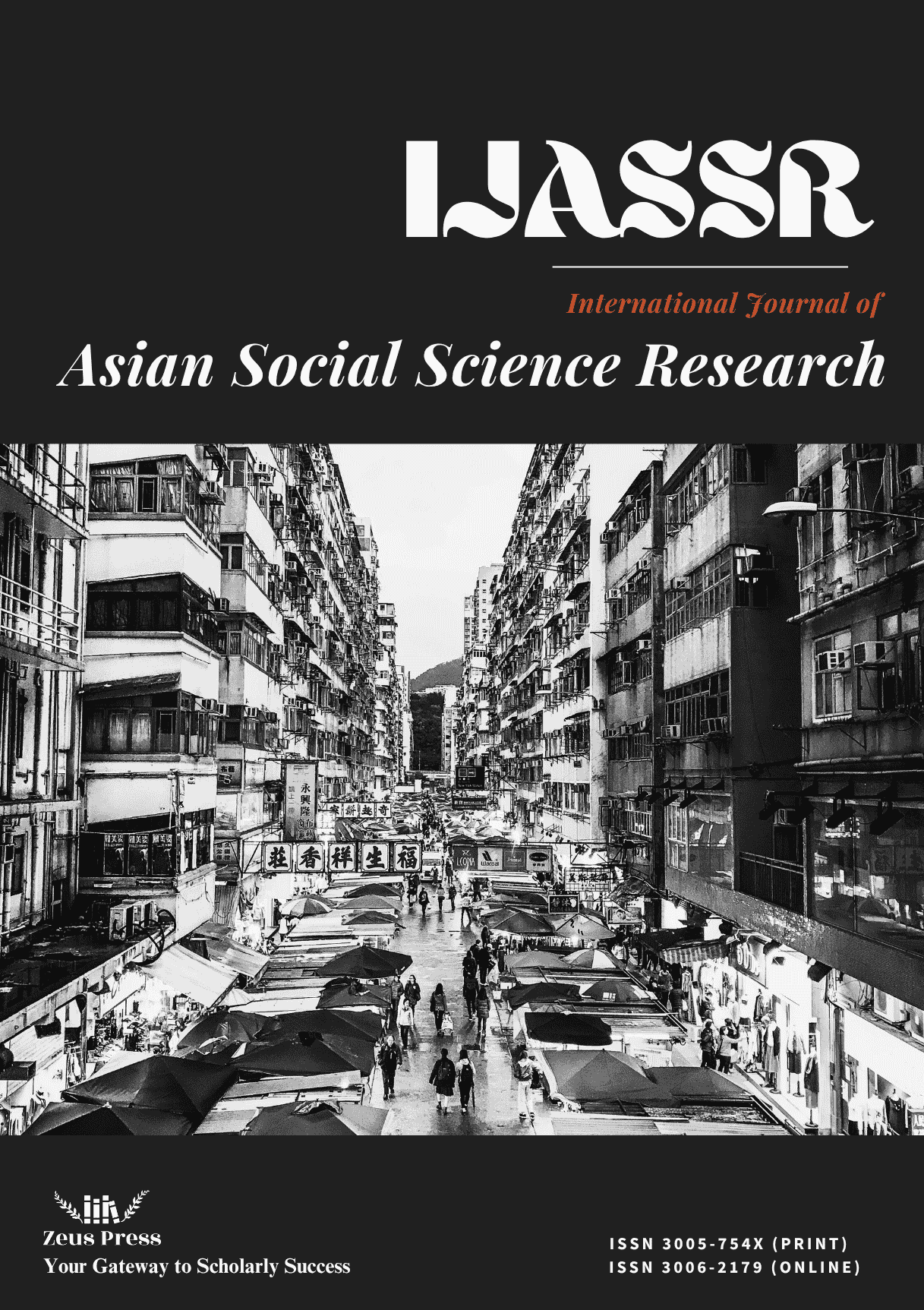AIGC Empowers the “Belt and Road” Initiative: New Pathways for Cross-Cultural Communication
Main Article Content
Keywords
AIGC, Belt and Road Initiative, cross-cultural communication, artificial intelligence, cultural exchange
Abstract
The Belt and Road Initiative holds great significance for global connectivity. During its advancement, cross-cultural communication serves as a crucial factor for enhancing understanding and establishing cooperation among participating countries. However, traditional communication methods encounter issues such as language barriers, cultural differences, and limited participation. This study aims to explore how artificial intelligence-generated content (AIGC) can revolutionize cross-cultural communication within the Belt and Road Initiative. Through theoretical analysis and case studies of practical applications, including AI-generated cultural content, personalized communication, real-time translation, and virtual experiences, the potential of AIGC in this field is revealed. The findings reveal that AIGC can improve the efficiency and quality of cross-cultural interactions and facilitate more personalized cultural exchanges. Moreover, the study also takes into account challenges such as content accuracy, technological disparities between countries, and data security and proposes corresponding countermeasures. This finding indicates that the proper application of AIGC and technological progress will contribute to deepening cultural understanding and economic cooperation and play a significant role in achieving the Belt and Road Initiative's goals of global connectivity and shared prosperity.
References
- Cheng, K., Neisch, P., & Cui, T. (2023). From concept to space: A new perspective on AIGC-involved attribute translation. Digital Creativity, 34(3), 211-229. https://doi.org/10.1080/14626268.2023.2248103
- Cui, X. X. (2024). Application, aesthetics, ethics: Research on the development of digital and intelligent in fashion design based on AIGC [Paper presentation]. Textile Bioengineering and Informatics Symposium Proceedings (TBIS 2024), Daeju, South Korea.
- Deng, T., Bi, S., Wang, J., Xiao, J., & Bao, W. (2024). Customer-centric AI in banking: Using AIGC to improve personalized services. Journal of Artificial Intelligence Practice, 7(2), 188-194. https://doi.org/10.23977/jaip.2024.070225
- Fu, C., & Deng, D. (2024). Understanding the global identification with China's stories: A cross-cultural perspective. Contemporary Social Sciences, 9(1), 46-57. https://doi.org/10.19873/j.cnki.2096-0212.2024.01.004
- Han, J., Li, Q., Xu, Y., Zhu, Y., & Wu, B. (2024). Design of a trusted content authorization security framework for social media. Applied Sciences, 14(4), Article 1643. https://doi.org/10.3390/app14041643
- Jie, B. (2025). The organic drive and reflection of AIGC image creation on the video industry. Advances in Social Behavior Research, 16(1), 61-66. https://doi.org/10.54254/2753-7102/2025.21515
- Zhang, J. J., Wang, Y. W., Ruan, Q., & Yang, Y. (2024). Digital tourism interpretation content quality: A comparison between AI-generated content and professional-generated content. Tourism Management Perspectives, 53, Article 101279. https://doi.org/10.1016/j.tmp.2024.101279
- Zhao, Y. (2024). A study on the reconstruction of western regions’ ancient sites in tang poetry under AIGC and VR empowerment: A case study of Loulan. International Journal of Mathematics and Systems Science, 7(9), 1-5.


